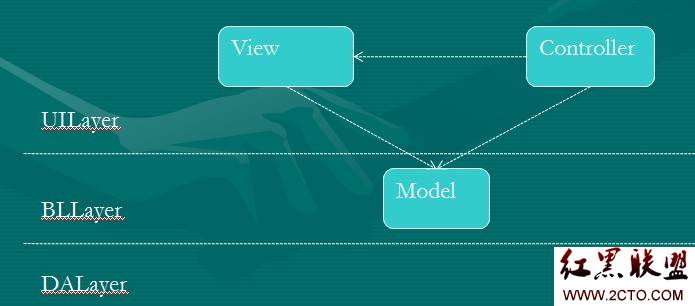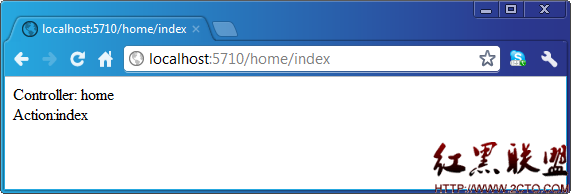ASP.NET MVC中权限控制的简单实现
1、重写AuthorizeAttribute类,用自己的权限控制逻辑重写AuthorizeCore方法
public class MyAuthorizeAttribute : AuthorizeAttribute
{
protected override bool AuthorizeCore(HttpContextBase httpContext)
{
string currentRole = (Session["user"] as User).Role;
//从Session中获取User对象,然后得到其角色信息。如果用户重写了Identity, 则可以在httpContext.Current.User.Identity中获取
if (Roles.Contains(currentRole))
return true;
return base.AuthorizeCore(httpContext);
}
}
public class MyAuthorizeAttribute : AuthorizeAttribute
{
protected override bool AuthorizeCore(HttpContextBase httpContext)
{
string currentRole = (Session["user"] as User).Role;
//从Session中获取User对象,然后得到其角色信息。如果用户重写了Identity, 则可以在httpContext.Current.User.Identity中获取
if (Roles.Contains(currentRole))
return true;
return base.AuthorizeCore(httpContext);
}
}
2、在需要进行权限控制的Action上加上相应的Attribute,并且设置可以访问的角色组
MyAuthorize(Roles = "Admin, User")]
public ActionResult AuthorizeMethod2()
{
return View();
}
[MyAuthorize(Roles = "Admin, User")]
public ActionResult AuthorizeMethod2()
{
return View();
}
当用户访问相应的Action的时候,就会进行相应的权限控制。
补充:Web开发 , ASP.Net ,




